In this newsletter:
- Editorial
- News & upcoming events
- Board members: Bram Schierbeek
- Report first NVK Young Researchers Retreat
- From the lab: Daan Swarts
- Events joined by our members
— Editorial: Crystallography in a changing world —
By: Loes Kroon-Batenburg (NVK chair)
How different is crystallographic research today from what it was in the fifties and sixties of last century. Some of our members still may remember this very well. In Utrecht, some old equipment and models are still in our possession and we try to find a good home for them in the Utrechts Universiteitsmuseum. It made me think of how crystallographic practice has changed. In those days it took PhD students (wetenschappelijk medewerkers) one or two years to solve the crystal structure of a small sized organic compound, sometimes only via two two-dimensional projections. A lot of tedious calculations had to be done to do a Fouriertransformation, made easier by the use of Beevers-Lipson strips.

Since then many organic(metallic) crystal structures have been solved and it was Olga Kennard who set up the Cambridge Structural Database (CSD) to archive all these; it now contains over 1.2 million structures and more recently also including structure factors (they no longer appear as a table in the paper). Through the advancement of radiation sources and computers nowadays, structures of thousands of atoms of e.g. proteins and protein complexes can be solved in a day, especially because of Molecular Replacement techniques, although model building and refinement may still take months. Since 1976, these are stored in the Protein Data Bank (PDB) which now holds over 200.000 protein structures, also including structure factors. Data collection is highly automated and at a fourth-generation synchrotron source, it may take less than one second. We now also have X-ray Free Electron Lasers (XFEL) that destroy the small crystals within tens of femtosecond, but in that short timeframe diffraction patterns can be recorded. It is evident that millions of such “still” shots must be recorded to get a full dataset. The technology developed to do this is stunning. New methods are emerging for structural scientists, both in chemistry and structural biology. MicroED (electron diffraction on microcrystals) can be performed with Electron Microscopes or dedicated electron diffractometers. If larger crystals can not be grown or if powder diffraction patterns suffer from severe line broadening, measuring individual microcrystals may solve the problem. In autumn we will organize our yearly symposium and ALV and we may hear more of this technique then. Two major developments changed the workflow for structural biologists: Advancement of cryoEM techniques and the capability of imaging larger molecular complexes is a serious game changer for Structural Biologists. The number of structures contributed by EM to the PDB increases steeply (see figure below). Most macromolecular crystallography groups moved partly to EM. AlphaFold, an AI system developed by DeepMind, can predict the molecular fold based on amino acid sequence often sufficiently accurate to serve a search model for molecular replacement and speeds up structure determination enormously. May be one could even think an experimental structure is no longer needed. We plan to organize a joint symposium next year with NEMI, NeCEN and NVvM that may bring such a discussion forward.


— News updates & Upcoming events —
Social media and visibility:
- We are trying to become more active online on social media. But we need your help to increase our visibility! Please follow us, like and share our post and feel also free to share content with us. You can join us here: LinkedIn and Twitter.
- Do you have news, interesting events, a remarkable story, a recent publication involving crystallography, or a new technique in this broad field? Please share it with us! We are happy to promote and learn about the fascinating applications of X-rays, neutrons or electron beams: from physical phenomena in ordered materials to supra-molecular chemistry, from mineralogy to structural biology. Content for the website or social media can be sent to pr@dutchcrystallographicsociety.nl.
Upcoming NVK events:
- We are preparing the Symposium and ALV, which will be held in November 2023. More information will follow soon.
- Loes is working on setting up a crystallography school at Utrecht University. Details will follow.
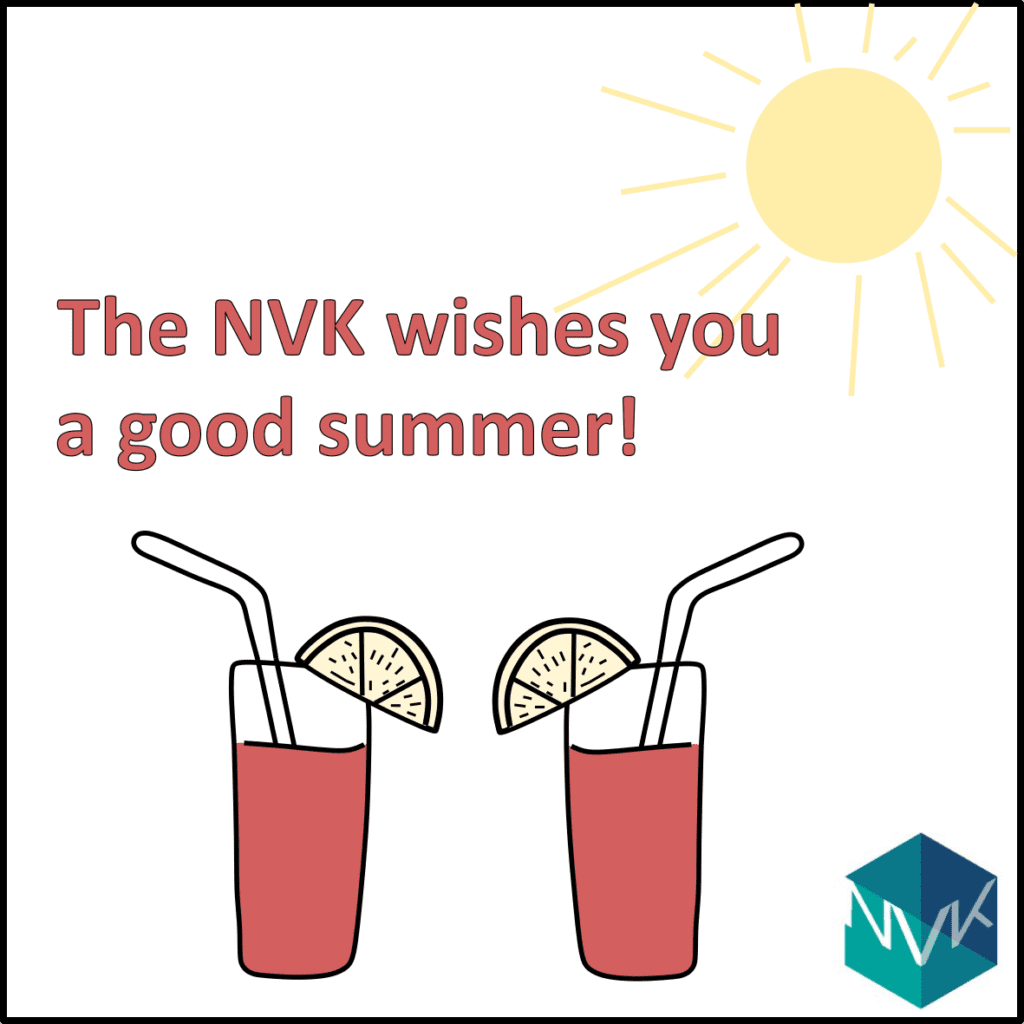
— Board Members of the Dutch Crystallography Society —
Bram Schierbeek (Treasurer)
I have been working in crystallography close to 40years. As a chemistry student in the group of Jan Reedijk at Leiden University I synthesized a metal-chelate complex, which crystallized overnight. With the help of Gerrit Verschoor and the program DIRDIF, we managed to solve its structure. This was in the early eighties of the previous century. Great to see a molecular structure appear on the line printer that explained the previously inexplicable NMR spectrum!
With a major in Biochemistry, I joined the protein crystallography group of Jan Drenth and Wim Hol in Groningen, where I did my PhD (1988) on the structure of lipoamidedehydrogenase, one of the last protein structures in that lab for which the data were recorded on film and one of the first for which the data were collected using synchrotron radiation. Data collection and processing was quite an effort, but it proved to be worthwhile!
After my PhD, I joined a Delft company, Enraf-Nonius, inventor of the CAD4 diffractometer, as an application scientist for protein crystallography and became their specialist on the FAST system. As such I assisted crystallographers worldwide in setting up their in-house diffraction systems with X-ray generators and diffractometers, by giving demonstrations and on-site trainings. In 2001 the company, then called Nonius, merged with Bruker, and I continued my work under a different flag. We had some nice results with sulphur SAD phasing in our application lab. When the Delft application lab was closed and moved to Karlsruhe, I did not join, but instead moved to another company, Rigaku. There I have been active in sales and application in crystallization automation, data collection, SAD-phasing and small angle X-ray scattering (SAXS) until the company decided I was redundant.
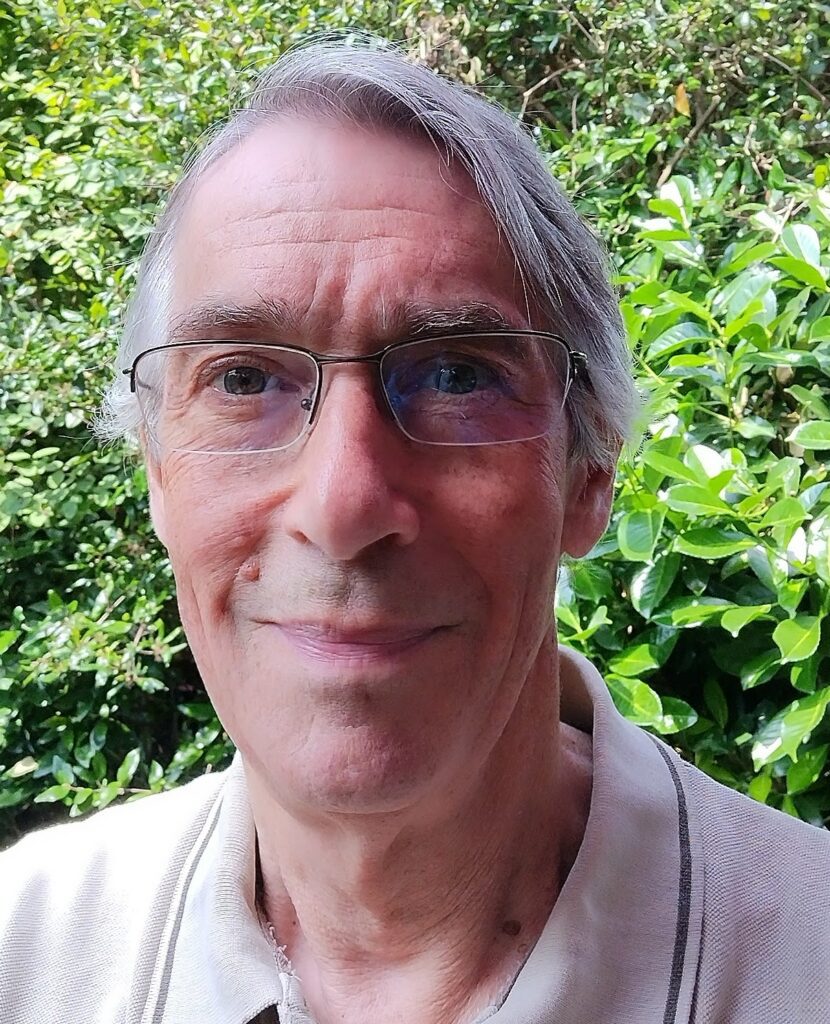
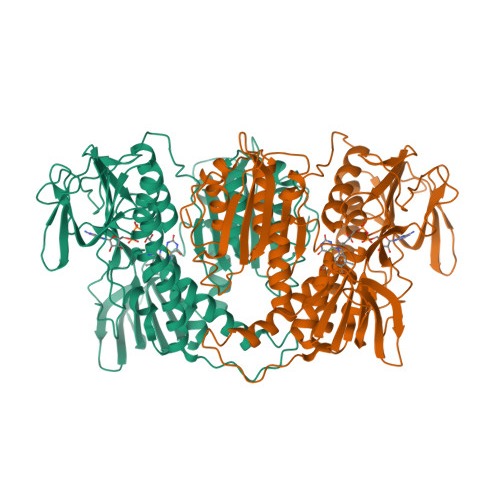
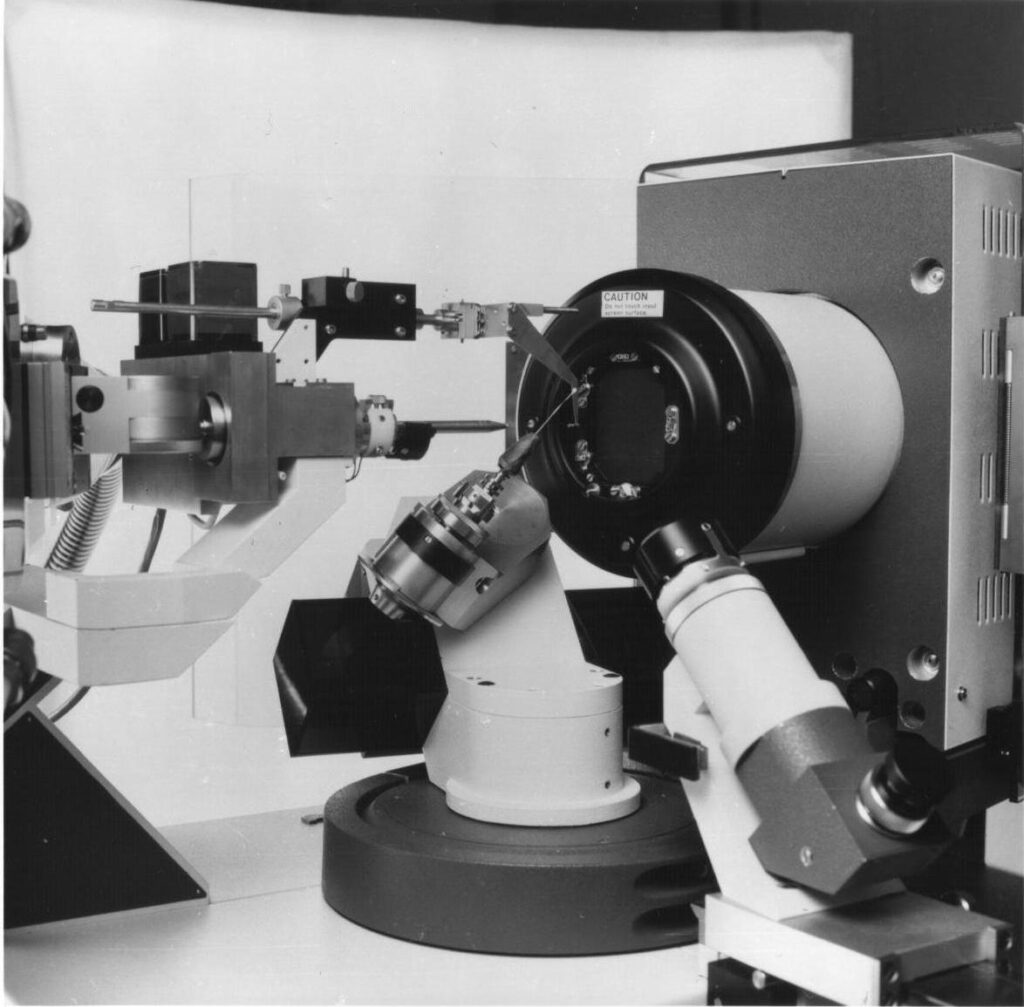
While looking for a new job, I joined the board of the NVK and tried to revitalize the society by arranging a few symposia. Together with Lambert van Eijck, we organized the Debije-Rietveld meeting, that celebrated 100 years of powder diffraction and 50 years of profile refinement. I then joined PANalytical, now Malvern Panalytical, and worked there in the field of powder diffraction and SAXS until my retirement.
Over the course of my career, I have seen many laboratories and crystallographers and was happy to witness many great developments of crystallography. Now I harass the members of the NVK to pay their yearly dues and make sure the society stays healthy, financially. As a hobby I play the French horn and I enjoy spending time with my three grandchildren.
— Successful first NVK Young Researchers Retreat —
In September 2022 about 20 young scientist in the field of crystallography gathered together in Nunspeet for a two-day relaxing and educational retreat. The relatively small group size made it possible to interact with almost every participant and created a friendly and cozy atmosphere. It was very enriching to see how diffraction and crystallography are applied in different fields, as all participant presented their work. From all presentations, we awarded Alejandro Yeste Vazquez (PhD student at VU Amsterdam) for his work on ‘Cyclic peptides as inhibitors of oncogenic Wnt signalling’. We had the pleasure to welcome Dr. Yesid A. Ramirez as our keynote speaker, who talked about the heritage and integration of empirical plant knowledge into modern medicine with regard to cannabis. This universal topic was received very well with the participants. So was the evening program, wherein Diederik Ellerbroek from Bruker joined us to provide career advise and discuss with the participants about related matters. Although …, did you know he is very passionate in playing the classical Dutch board game mens-erger-je-niet?
Besides Bruker, we had all our sponsors joining for the career event and lunch the day after. Here we would like to thank once more Bruker, Eldico Scientific, Smidgentec, Technobis Group, Malvern Panalytical, STOE and ThermoFisher Scientific for joining the event and inspire the young scientists in the career sessions and social moments during the retreat.
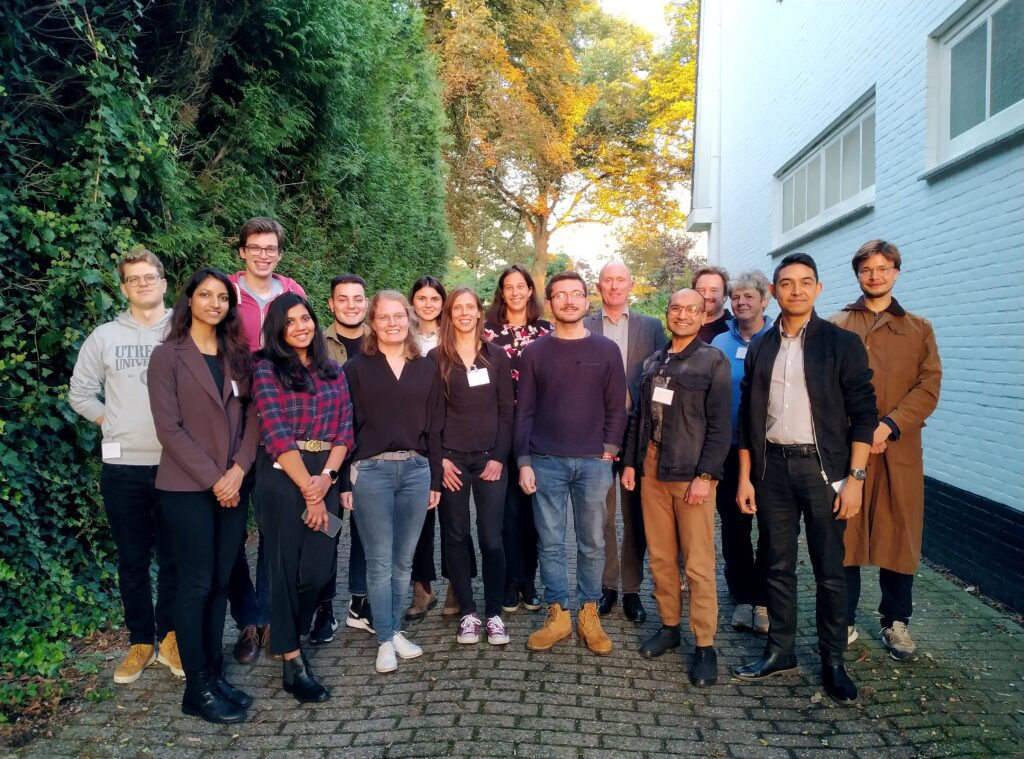
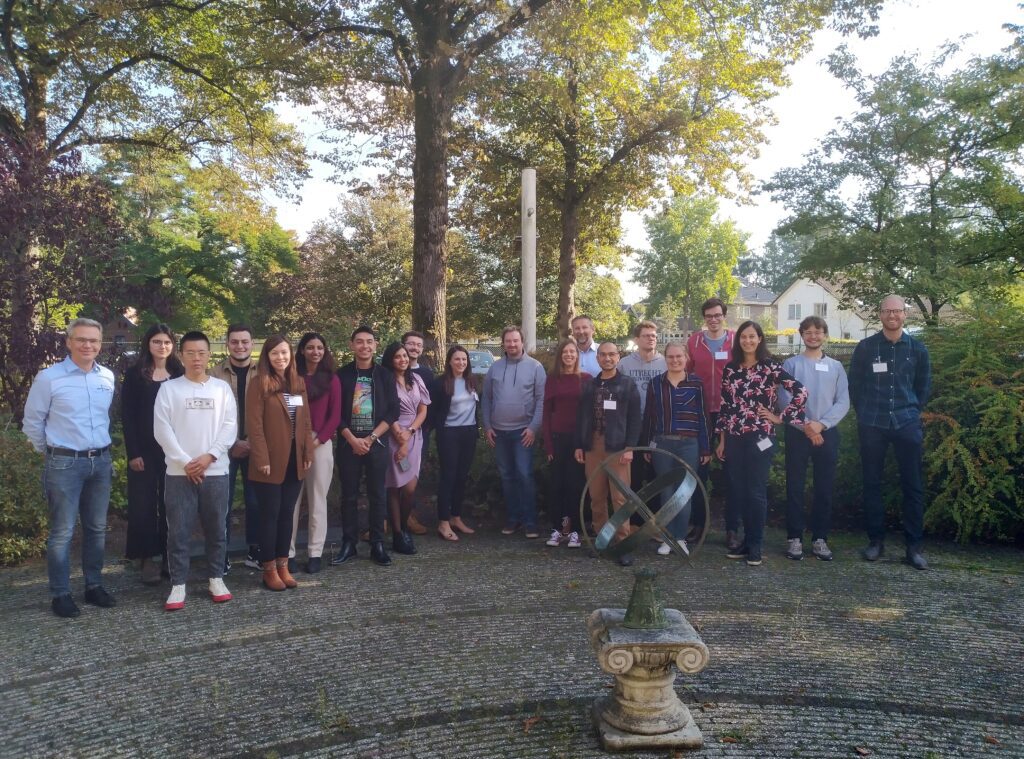
Overall, we look back at a successful event, and – most importantly – we created a space for scientist from different fields to get together under the umbrella of crystallography. Are you interested in organizing, sponsoring or joining the next edition of the NVK YRR, please contact us! Email will be the most convenient: youngnvk@dutchcrystallographicsociety.nl .
By: The NVK YRR 2022 organizing team – Jitse, Sandra, Tadé & Ida
— From the lab: Daan Swarts —
In the previous newsletter we introduced the lab of Daan Swarts, located in Wageningen and focussing on the functional, structural, and mechanistic characterization of protein complexes that control prokaryotic immunity. Over the past year, the lab has been rather successful of which we highlight a few things. From this place we would like to congratulate Daan with becoming a EMBO Young Investigator! Additionally congratulations to Bel Koopal, a PhD student working in the lab who has been awarded the WUR research award for her publication in Cell. In this work, SPARTA is presented: a bacterial immune system that detects and stops infections an possibly can be used to detect infections in humans. Also, the lab-members are having a lot of fun as can be seen on the lab-website, e.g. a few group members visited the ISC in Granada lately.
— Events joined by our members —
Our members join events during the year and sometimes write a little report about the event and how they enjoyed it. Here we highlight a few:
- Canan Durukan enjoyed summer school at MAX-IV
- Report of ECM33 in Versailles by Loes
- Sven enjoyed the NVBMB spring symposium
Did you also join an event related to crystallography, or are you planning to in the future. Please let us know how you experienced the event: email to pr@dutchcrystallographicsociety.nl.
